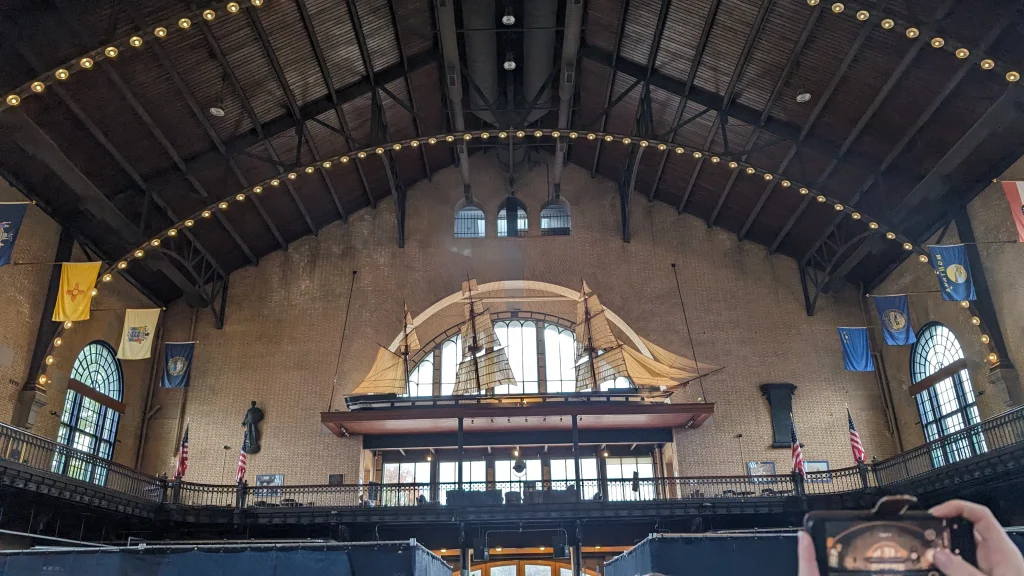
Introduction.
In this blog post, I will be talking about my tour at the United States Naval Academy. I will be going over the campus, the programs, application process, and the general area around the Campus.
I attended the tour to get an idea of what I would like to do for further education while being able to serve my country at the same time. The academy is the suits and ties of the navy, meaning you must have a very good academic record to get in, but that’s mostly recommended, because they look at what you do outside of school also.
Table of contents.
- History of the Navel Academy.
- Who it was founded by.
- When it was founded.
- Purpose it served over the years.
- What programs are offered.
- List of programs.
- Image Gallery
- Conclusions
- What programs would I take.
- My reflection.
History of the Navel Academy.
The Naval Academy was founded on the 10th of October 1845 by George Bancroft and Captain David Forman. The school opened with 50 Midshipman (Students) and was built in Annapolis, on the former grounds of the U.S Army post Fort Seven. Originally, you would pick a course and study it for 5 years, and you would spend your first year, and last year at the school.
During the Early days of the Civil War, many riots broke out. The Navy Academy was moved to Fort Adams in Newport, Rhode Island. During this time the Navel Academy in Annapolis would be used a Army Hospital for treating wounded soldiers.
The Navy suffered from the situation, with 24% of it’s officers resigned to join the Confederate States Navy, on top of 59 midshipmen and 95 graduates of the Naval Academy. These numbers would also include many people who helped out during the founding process. This would cause moderate setbacks for the Navy in the early months of the war. The Naval Academy would return to Annapolis at the end of the war.
List Of Programs Offered. (Information summarized from the Navel Academy website here).
- Bachelor of Science Degree Program: The Naval Academy offers a four year science degree program in many fields including engineering, mathematics, computer science, and humanities. Graduates receive a commission as officers in the U.S. Navy or Marine Corps.
- Naval Nuclear Power Program: This program provides you with experience for careers in nuclear power engineering, including operation of nuclear reactors on aircraft carriers and submarines.
- Cyber Operations: This major combine computer science, mathematics, and cybersecurity principles to prepare students for careers in cyber warfare and defense.
- Foreign Language Majors: The Academy offers majors in several foreign languages, including Arabic, Chinese, French, German, Japanese, Russian, and Spanish, preparing students for international roles.
- International Relations: This program focuses on geo-politics, economics, history, and culture, preparing midshipmen for careers in diplomacy and foreign affairs.
- Naval Architecture and Ocean Engineering: learn design principles for ships and submarines, as well as oceanographic and marine systems engineering.
- Aerospace Engineering: Major This program covers aircraft and spacecraft design, propulsion systems, and astronautics, preparing students for careers in aviation and space exploration.
- Computer Science: Students will study algorithms, software engineering, artificial intelligence, and database systems, preparing them for careers in technology and cybersecurity.
- Mechanical Engineering: The program covers mechanical systems, thermodynamics, and materials science, relevant to naval ship systems and equipment.
- Nuclear Engineering: Students learn nuclear reactor theory, radiation protection, and nuclear safety, crucial for operating nuclear-powered vessels.
- Systems Engineering: This interdisciplinary program teaches students to analyze and optimize complex systems, applying to various naval operations and technologies.
- Weapons and Systems Engineering: Focusing on weapons systems and military technology, this program prepares students for careers in weapons development and tactical operations.
- Political Science: Midshipmen study government, policy-making, and political philosophy, preparing them for leadership roles in the Navy and Marine Corps.
- Economics: The program covers micro and macroeconomics, international trade, and economic policy, relevant to naval logistics and strategic planning.
- History: Students explore military history, naval warfare, and historical analysis, providing context for modern naval operations.
Image Gallery

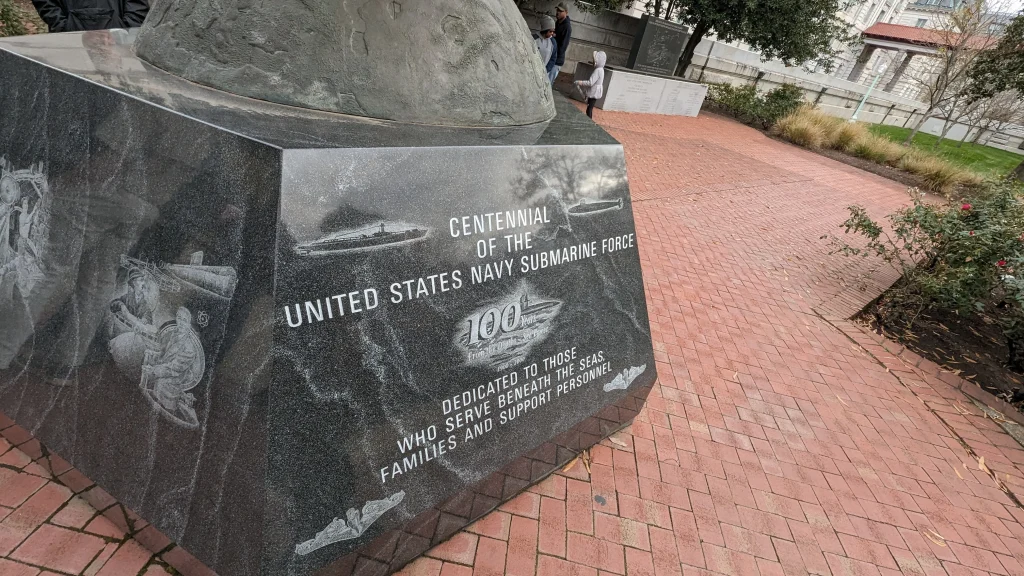
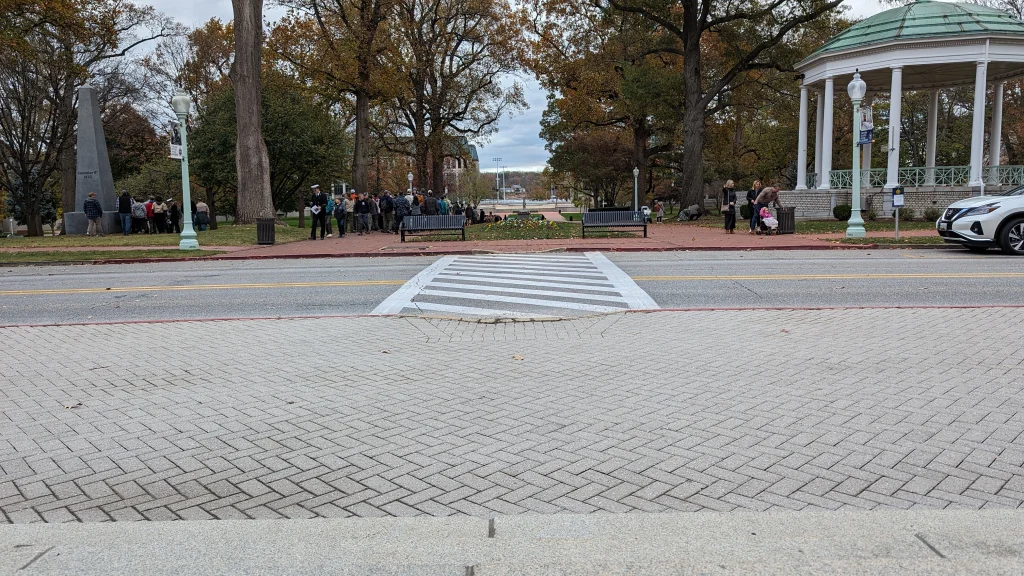
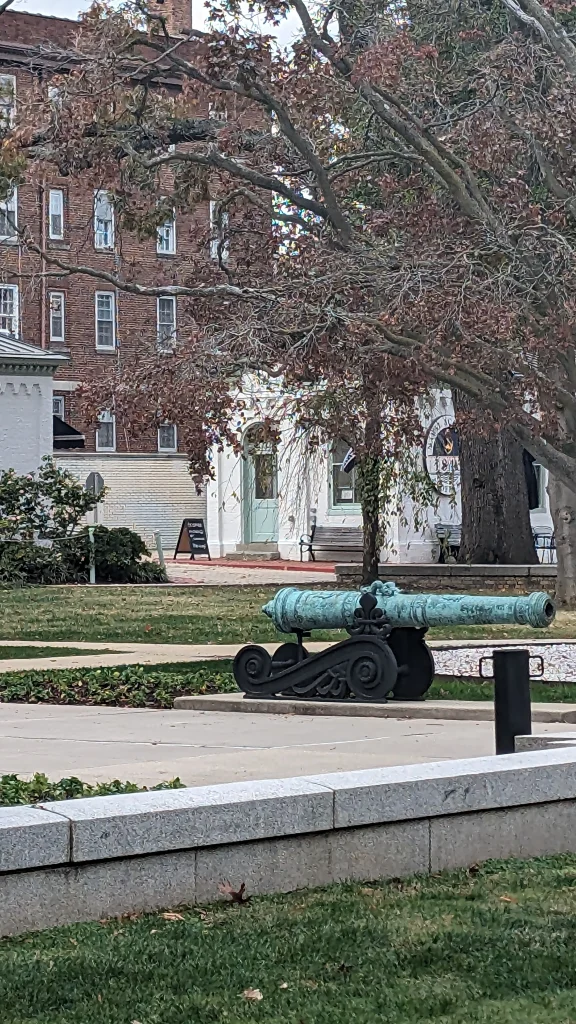
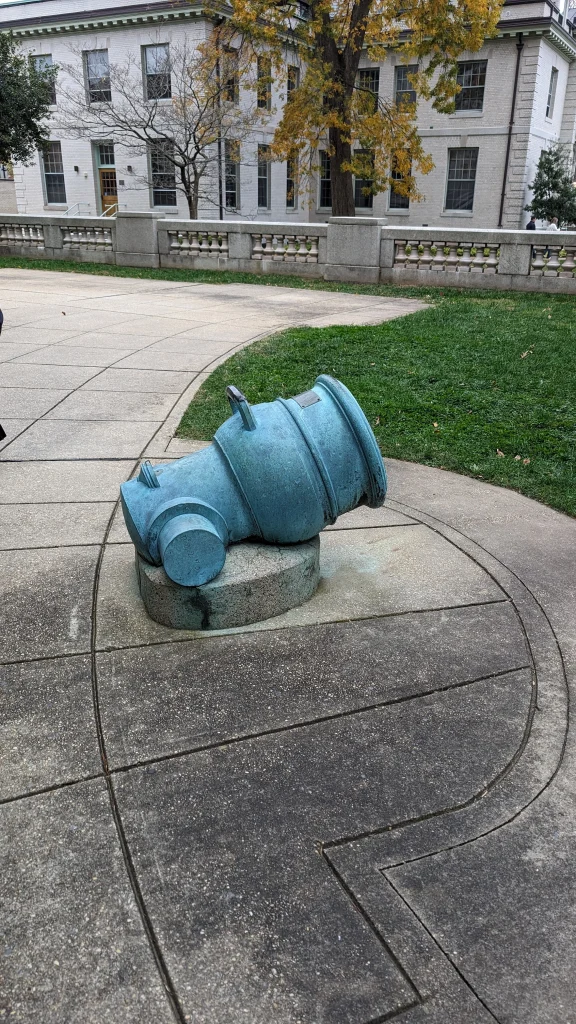
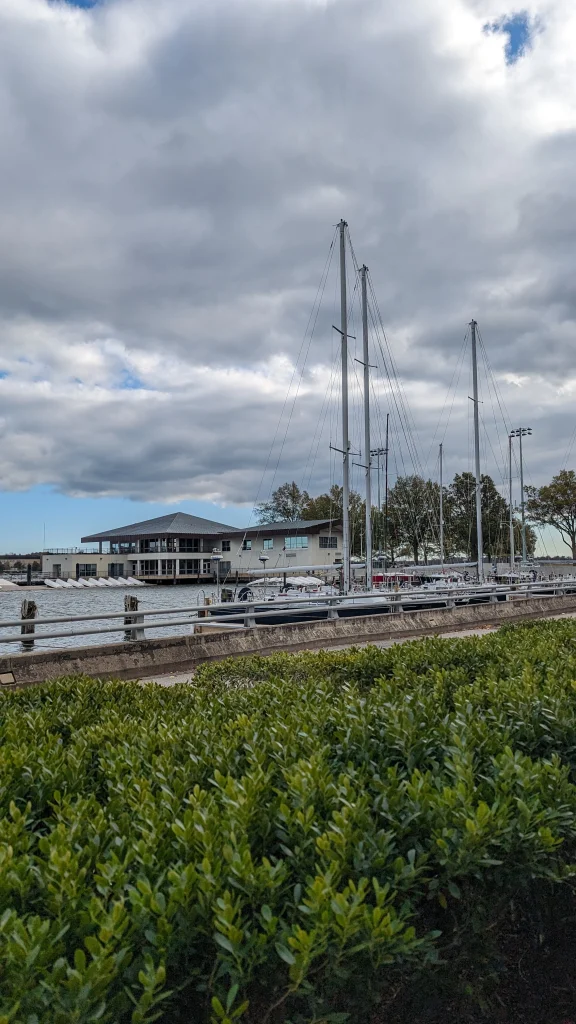

What Programs would I take?
Personally, I would take History and weapon systems engineering. The history aspect would teach you about naval tactics and maneuvers that of which you could design weapons around. Not to also mention that when you leave the military there are plenty of jobs that you could use systems engineering in. One such use case would be working in a automated factory.
If I had to choose between Three different courses I would pick Cyber operations, mechanical operations and I already know basic amounts of German and Ukrainian, so I would pursue foreign language majors to become fluent in both languages. All three here open up massive opportunities inside and outside the military. One of these jobs would be offensive security, which is a sub section of private security. Offensive security focuses on testing security systems with the mindset of an offender, and this practice is called penetration testing.
My Reflection
I Really enjoyed my tour, got to see a football game and learn a lot about the academy. Personally, I would consider attending the naval academy, and the campus in the surrounding area has good amenities, and everything is within walking distance, which would make this a good option to pursue further studying.
I think I would be a good candidate to attend the naval academy, I don’t just have good grades, and go to a technical school, but I also study judo (derivative of ju jitsu focused on takedowns) and also in boy scouts.
If you enjoyed this blog post, please check out my other blogs!
